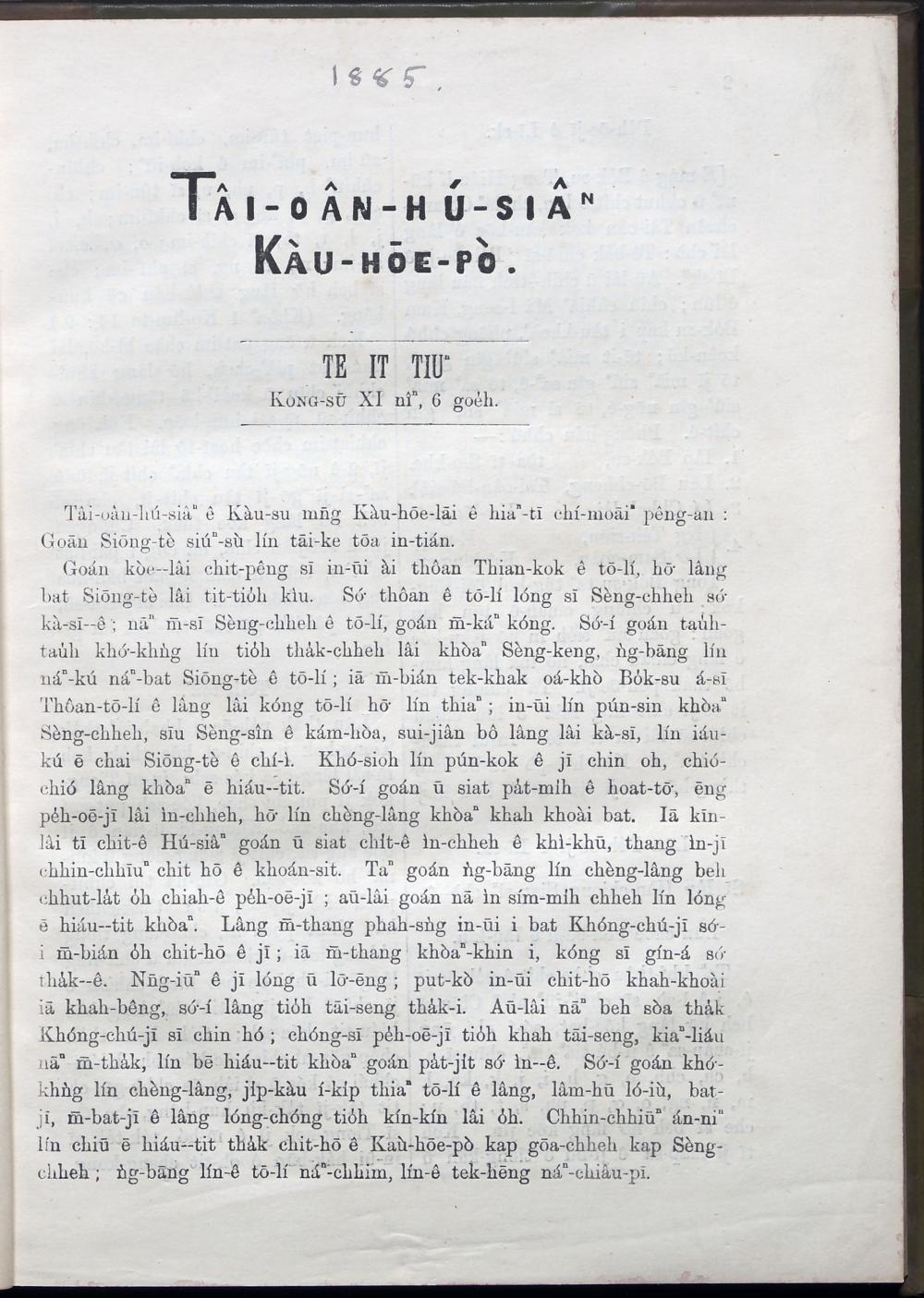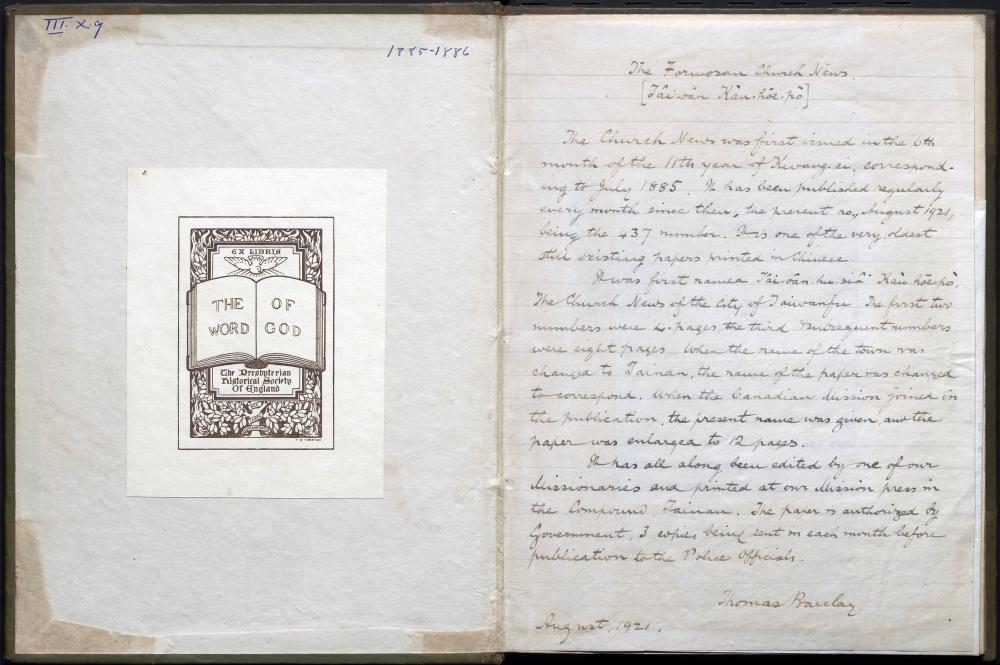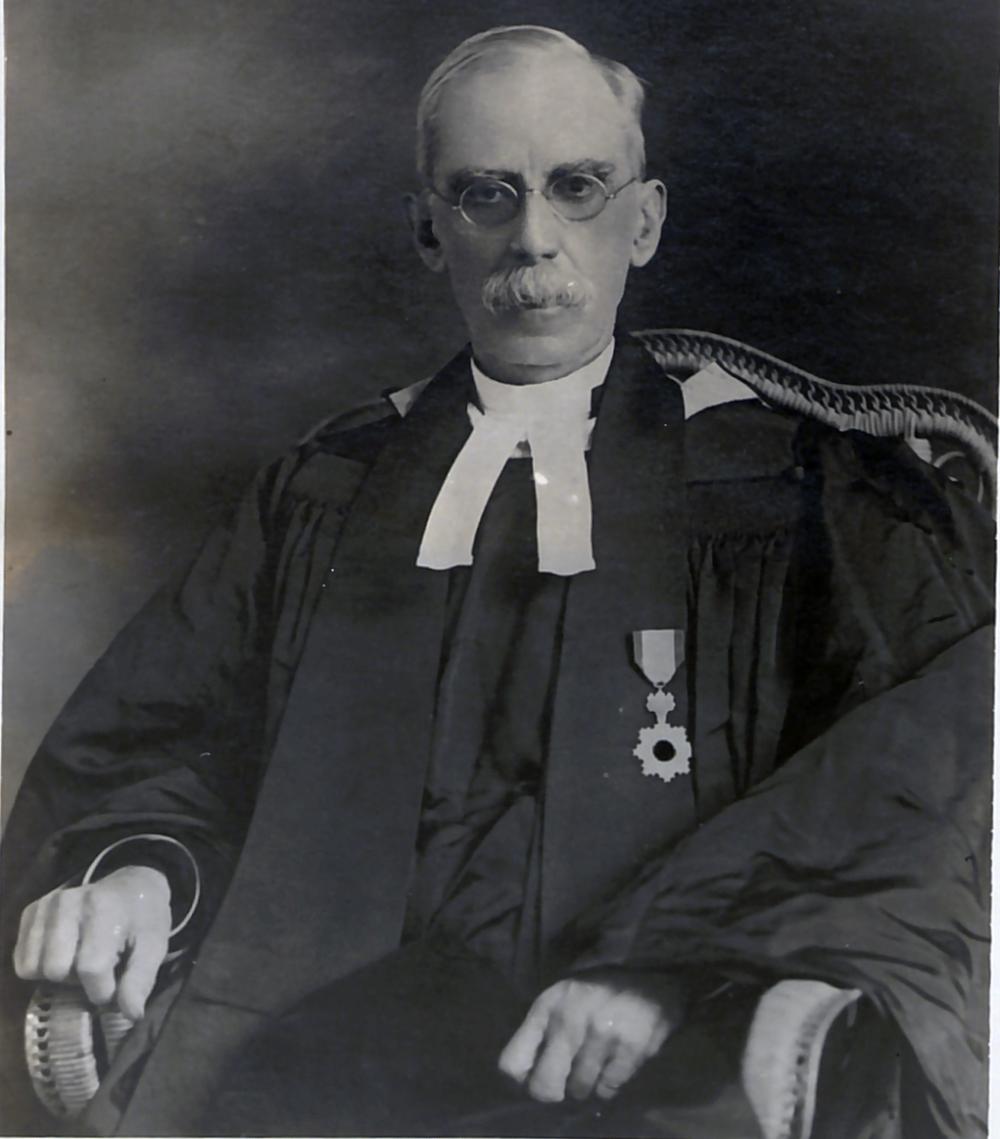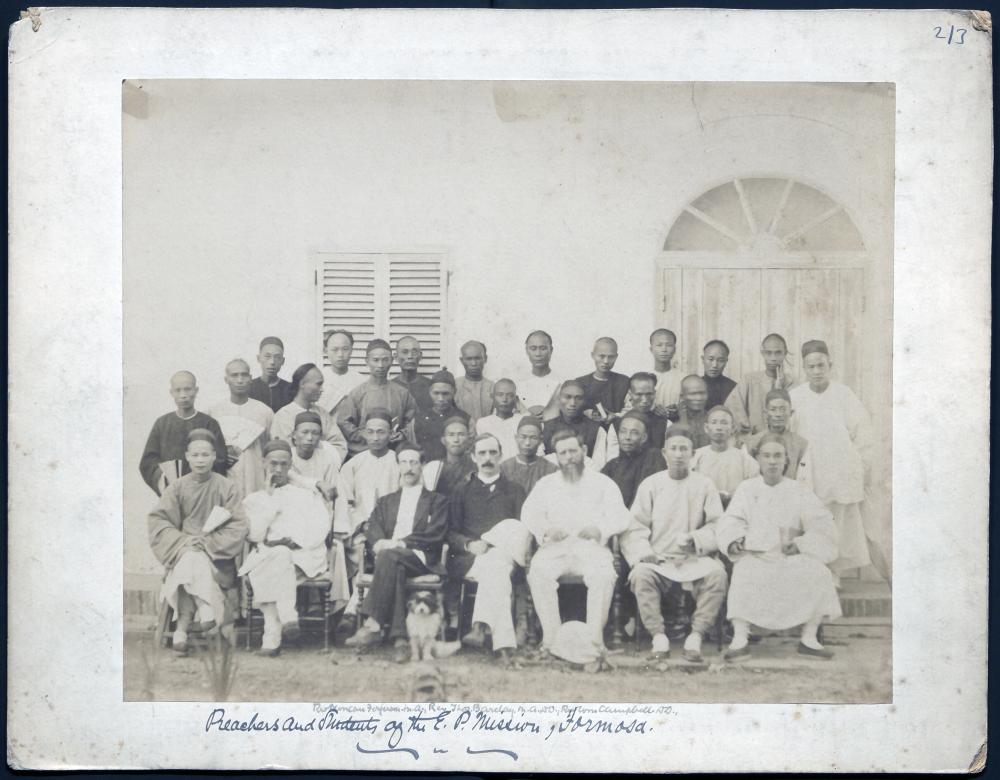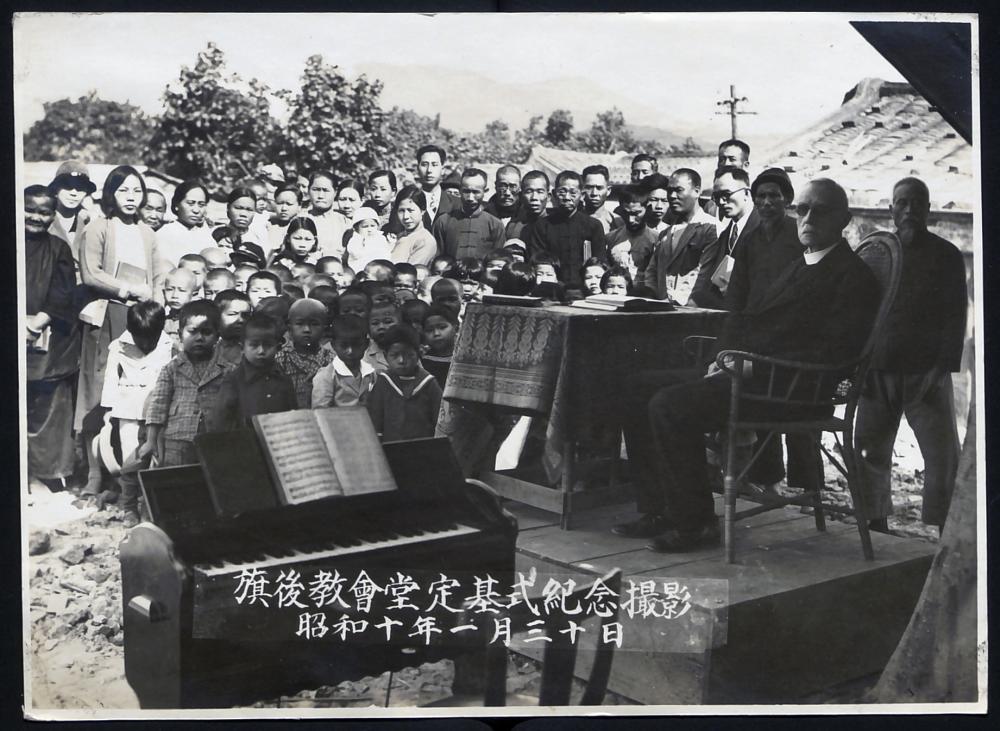Unearthing history: How the Formosa Church News grew from a missionary tool to a space for social commentary
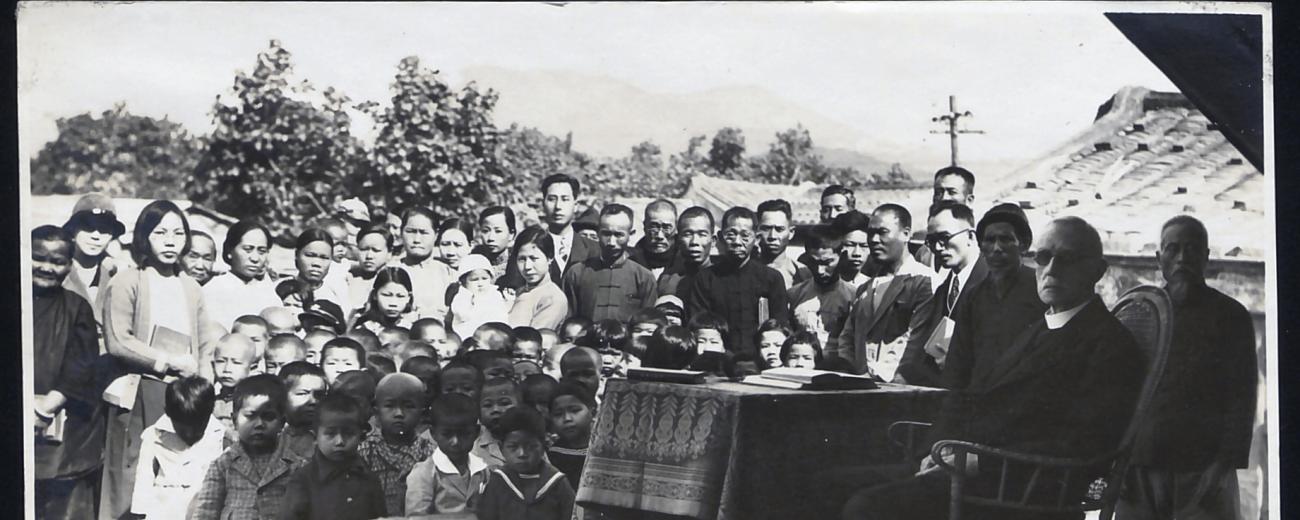

Professor Niki Alsford unveils volumes of Taiwan's Formosa Church News, a missionary publication that also became a platform for local voices, a tool for linguistic preservation, and a record of Taiwan’s evolving identity.
In the world of archival research, every discovery feels like opening a time capsule. Recently, such a moment occurred at SOAS. Amongst the archival materials, four bound volumes of the Formosa Church News—the predecessor to Taiwan’s Taiwan Church News (Tâi-oân Kàu-hōe Kong-pò)—came to light.
These volumes are not only significant for their rarity but also for their immense research value, particularly in illuminating Taiwan’s socio-religious history.
Published by the Presbyterian Church in Taiwan, the Formosa Church News is a cornerstone of Taiwanese Christian history and Asia’s first printed newspaper in a Romanised vernacular language. Its historical significance lies in its ability to reflect the interwoven narratives of missionary activities, local culture, and the sociopolitical landscape of Taiwan.
This recent rediscovery expands the known collection of the newspaper, especially as it includes editions predating those held at the SOAS archives, dating back to the publication’s inception in 1885.
The rediscovered volumes and their importance
The newly uncovered bound volumes from the Presbyterian Library 臺灣府城教會報 | SOAS University of London provide critical supplements to the existing SOAS collection. These volumes cover the following periods:
- 1885–1886: The very beginning of its publication.
- 1887–1888: Early expansions of its reporting.
- 1922–1925 and 1926–1927: Key years capturing a transitional period in Taiwan’s history under Japanese colonial rule.
What makes these particular volumes even more remarkable is a handwritten note by Thomas Barclay, a pivotal figure in Taiwan’s missionary history and the founder of the Formosa Church News.
Barclay’s personal annotations add a layer of authenticity and provide researchers with a direct connection to the paper’s origins. His involvement highlights the missionary-driven purpose of the publication: to spread Christian teachings and offer a platform for discourse among Taiwanese Christians during a time of significant cultural change.
Supplementing existing archives
The SOAS archives house a rich collection of materials from the Presbyterian Church in Taiwan, including the Formosa Church News. However, the rediscovered volumes extend the timeline earlier than the SOAS copies, offering fresh perspectives on its nascent years. Researchers can now explore how the publication evolved in its early stages, both in terms of its content and its role in shaping community identity.
By bridging this gap, these volumes enable scholars to trace the newspaper's growth from a missionary tool into a broader medium for social commentary. This shift is particularly intriguing given Taiwan’s complex colonial history, first under the Manchus, followed by Japan, and later transitions that influenced local identity and religious practices.
Why these discoveries matter
The rediscovery of these early volumes is more than just an archival addition; it’s a testament to the enduring legacy of the Formosa Church News. The newspaper served as a cultural and linguistic bridge, utilising Romanised Taiwanese to empower local readers and provide a sense of community amidst changing political tides. This language choice was a radical and empowering step in the late nineteenth century, emphasising education and accessibility over elitism.
Insights into local social thought
A particularly significant aspect of the Formosa Church News is that it wasn’t solely a missionary-driven publication. Local Taiwanese often contributed to its pages, offering a rare and invaluable glimpse into the social thought of the time.
These writings provide one of the only recorded forms of “bottom-histories,” capturing the voices and perspectives of ordinary people in an era dominated by elite narratives. Through essays, reports, and letters, contributors expressed their views on pressing social issues, community challenges, and the evolving role of faith in their daily lives.
This makes the newspaper a critical resource for understanding how local Taiwanese engaged with early modernisation, colonial rule, and the influence of Christianity.
This makes the newspaper a critical resource for understanding how local Taiwanese engaged with early modernisation, colonial rule, and the influence of Christianity. It reveals how they interpreted and reshaped these forces, creating a dialogical space between missionary ideals and indigenous experiences.
Romanized Hokkien: A linguistic treasure trove
The Formosa Church News was written in Romanised Hokkien, a distinctive feature that significantly enhances its linguistic and cultural value. This language choice was strategic, as it allowed the church to reach a broader audience in Taiwan, particularly those who were literate in their spoken language but had limited access to classical Chinese education.
For linguists, this archive offers a rare and expansive database of Romanised Hokkien, providing insights into how the language was codified and used in written form during the late nineteenth and early twentieth centuries. Additionally, it serves as an important comparative resource for studying other written languages in Taiwan, including Romanised Indigenous languages, such as Sirayan, and Japanese, offering a richer understanding of Taiwan’s multilingual histories.
Colonial and Indigenous interactions
Early editions provide glimpses into how missionaries documented and interacted with Indigenous Taiwanese communities, offering invaluable ethnographic data. These records are especially significant for understanding how Indigenous groups were perceived and engaged within the broader social fabric of Taiwan during a time of rapid change.
Resistance and adaptation under colonial rule
The later volumes (1922–1927) coincide with Taiwan’s Japanese colonial period, a time when the newspaper subtly reflected and responded to shifting cultural dynamics and political pressures. The Formosa Church News offers clues about how Christian communities navigated and negotiated their faith and identity under colonial rule, making it a vital resource for scholars of colonial history.
By incorporating these aspects into the rediscovered volumes’ narrative, we see how the Formosa Church News functioned as more than a missionary publication. It became a platform for local voices, a tool for linguistic preservation, and a record of Taiwan’s evolving identity, leaving an indelible mark on the island’s historical and cultural landscape.
About the author
Niki Alsford is Professor of Anthropology and Human Geography, and Director for the Institutes for the Study of the Asia Pacific (ISAP), and the Institute for Area and Migration Studies (AMIS) at the University of Central Lancashire. He is a Research Associate at the Centre of Taiwan Studies at SOAS and an Associate Member of the Faculty of Asian and Middle Eastern Studies at the University of Oxford.
Alsford's research focuses primarily on Taiwan, Korea, and the Pacific Islands. He is the book series editor for the Taiwan Series at BRILL, the Korean series at Routledge, and a new series on Asia Pacific Cultures, Communities, and Landscapes at Palgrave Macmillan. Alsford is the author of Taiwan Lives: A Socio-Political History, published by the University of Washington Press in 2024 and Transitions to Modernity in Taiwan: The Spirit of 1895 and the Cession of Formosa to Japan, published by Routledge in 2017
